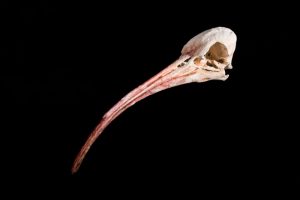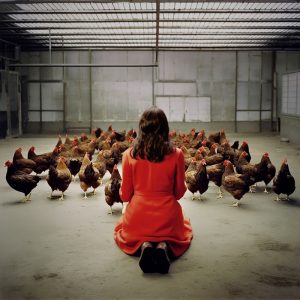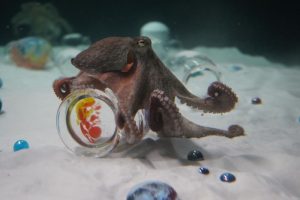Three years ago, I spent the most glorious part of my life working for a radio station in Asturias, Northern Spain. They kept fishing “calamares gigantes” (gigantic squids) over there and performed necropsies of them, so I had to cover squid news nearly every week, regularly visited the city’s Aula del Mar (apart from two supermarket and a naff nightclub, there wasn’t much to do, anyway), a museum of repulsively smelly sea creatures and of course I was eating fried squids nearly every day.
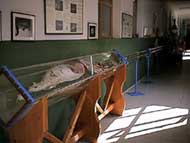
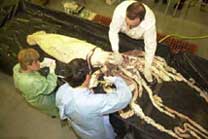
Although it sounds terrible, I enjoyed every second of my days in Luarca.
So I decided to add a “Creatures from the Deep Sea” category to the blog.
First entry:
Marine biologists from Alaska Pacific University, will use Shadow III , a mini-submarine with a video camera and hydrophones (sonar mikes) to track Giant Pacific Octopuses.
Octopuses spend a lot of time vegging out, which is pretty boring even for scientists. Instead of waiting for hours on the surface, biologists could set up the sub to wait for an octopus to emerge from its den. The robot could thus become their eyes and ears underwater, recording the creature’s every move for later retrieval.
The Shadow III sub was successfully tested in July and recorded video of a giant octopus hunting shrimp (MPEG 6MB) and exhibiting deimatic behaviour (bluff) (MPEG 3.5MB) during the test dive.
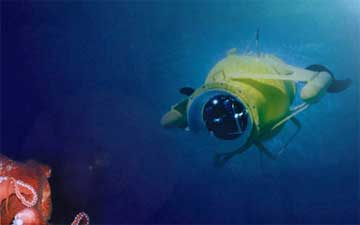
The sub will begin shadowing octopuses next year, but needs to be improved as the scientists still have to control the video camera manually. If they manage to develop an autonomous mode, the submarine would operate on its own, following an octopus using its hydrophone sensors and decide when to turn on its video camera, transmitting video to a remote receiver.
Press release, via Robots.net.


